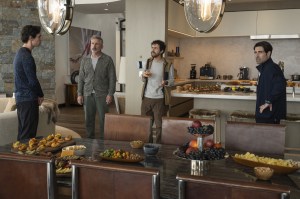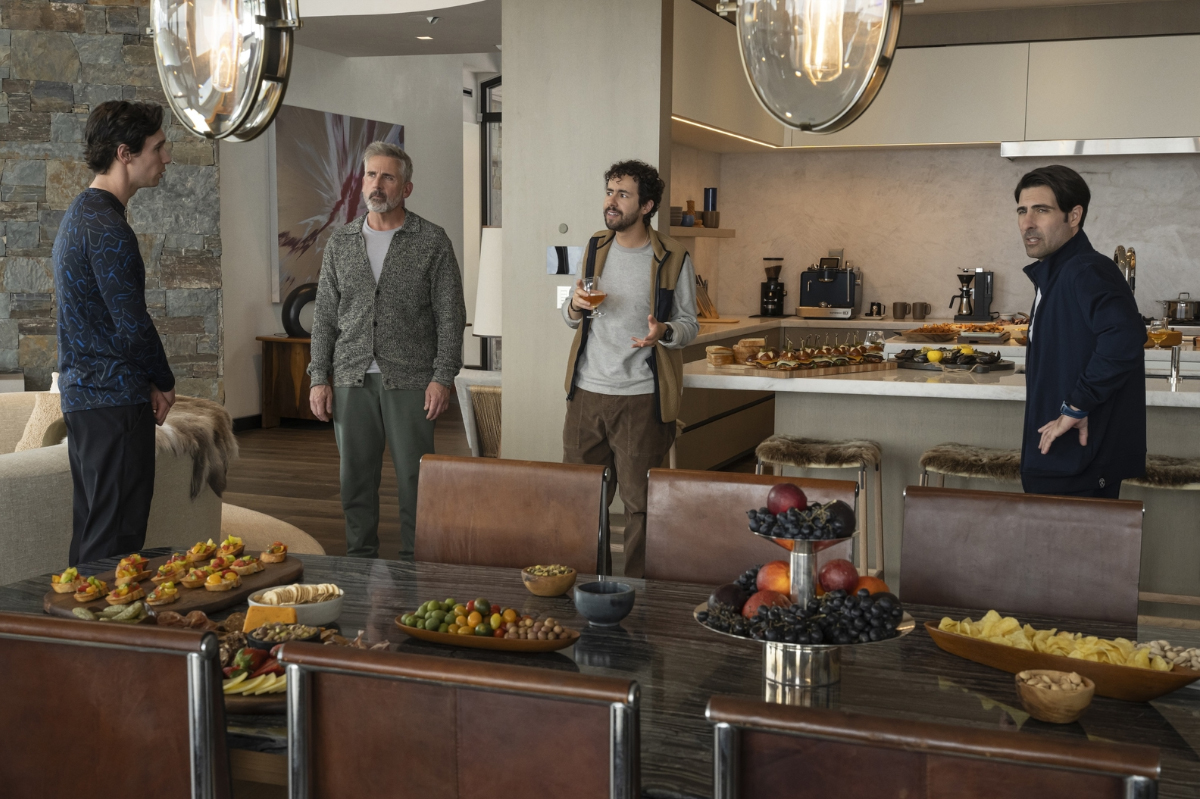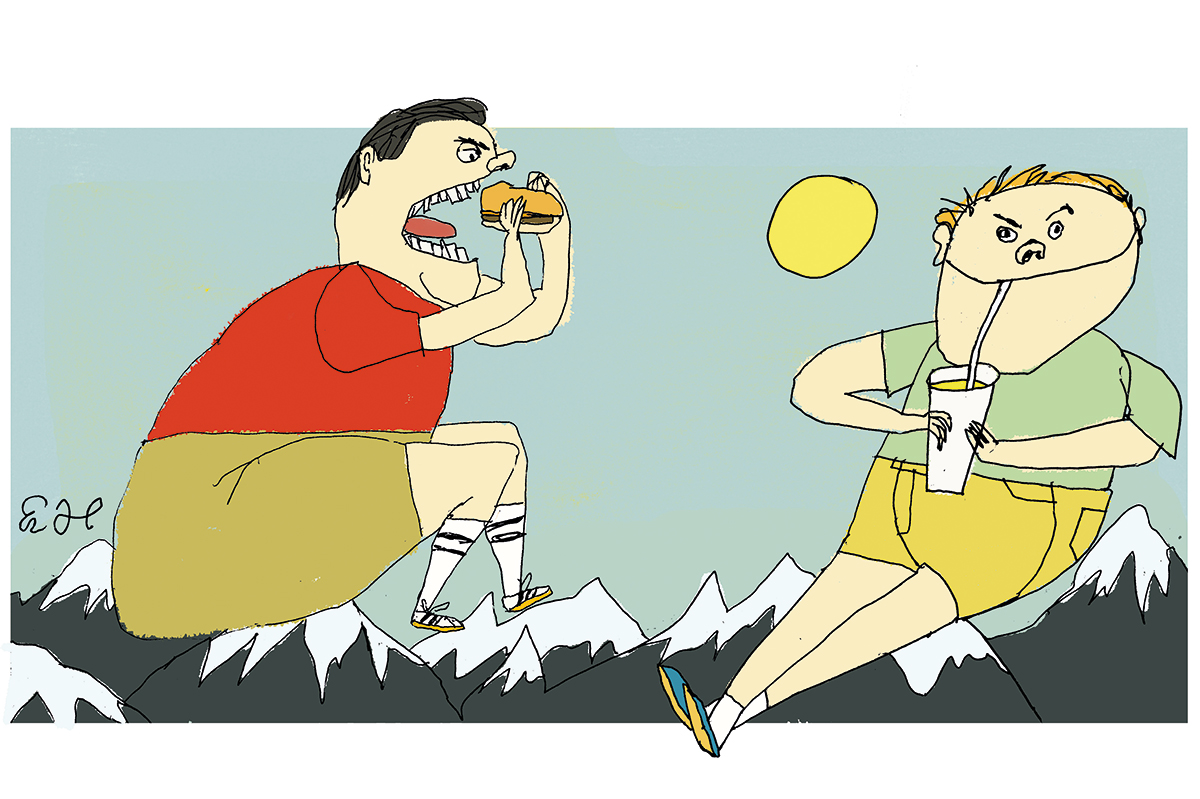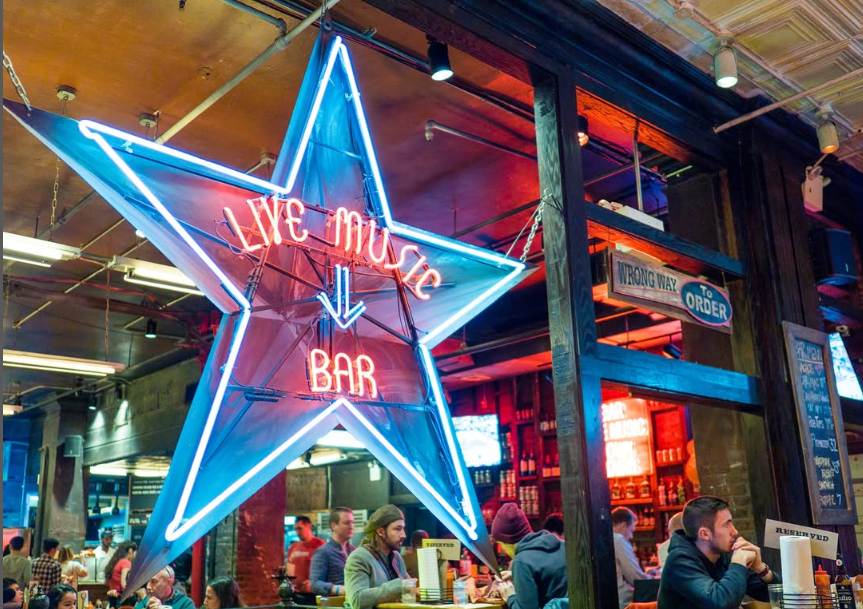Each year I return to my native Montana, my English husband and our two small children in tow. We try to explore new parts of the state; this summer we decided to check out Beaverhead County. This happens to be where Rupert Murdoch recently bought a 340,000-acre ranch in the biggest land sale in Montana’s history.
On our way south to Beaverhead County we inadvertently took the same route as William Clark on his return journey from the Pacific in 1806. It’s hard not to: there are few options for crossing the Bitterroot Mountains. Lost Trail Pass reaches a height of over 7,000 feet and we stop here to eat our ham sandwiches and Cheez-Its. The pass was utterly deserted and, as my husband set off exploring down an old trail, I imagined a piece of fiction in which a father goes missing, leaving a mother and children alone overnight. Horror and misfortune ensue.
Lewis and Clark endured horrors of their own here. Clark named a nearby stream “Hungery Creek.” The expedition was forced to eat three colts and a stray horse to keep from starving. It is quite incredible to think that the guide for this part of the expedition was a sixteen-year-old new mother, the sole woman among a bunch of strange white men, and that one way or another she carried her baby with her from North Dakota to the Pacific Ocean, giving birth along the way.
We reach Dillon, the county seat and, driving down its strangely named Normal Street, see plenty of Trump 2020 flags, a mural stating “We’re watching you” (signed “NSA”), and a blue truck with white letters announcing: “Trump Won.” We arrive on a quiet Sunday afternoon. By quiet I mean there is literally no one in sight. “Where is everyone?” asks my husband as we crawl through town. “Church?” Probably not, it’s 2 p.m. “The bars?” Better bet. We pull up in front of one of two bars open on a Sunday afternoon and ended up chatting with some friendly locals — both of whom are students at the nearby University of Montana Western. Most young people in Dillon are connected to the university, which operates on a “one course at a time” system so students can work while they study. My horsey sister considered going here but when she saw the size of the library she cried: she wanted to work with horses, but she also wanted to study English.
Still, there are impressive premises for those who don’t mind about the library. Just out of town, near the junction with Highway 278, is a world-class equine training center devoted to the “ethological training” of purebred American Quarter Horses. This is the Montana Center for Horsemanship, co-founded by William Kriegel, a sort of French version of Robert Redford’s horse whisperer. Both Kriegel and Redford’s 1998 film did a lot to popularize the idea of psychological-y-based horse training, and Kriegel’s center now partners with U of M Western to offer the only bachelor’s degree in natural horsemanship in the United States.
Did Montanans really need a Frenchman to tell them how to communicate with horses? The Nez Perce have been doing it for hundreds of years — why didn’t we just ask them? Anyway, that Frenchman has now sold up to his friend and fellow rich foreigner Rupert Murdoch. It has been widely reported that Murdoch bought a legendary cattle ranch in the mountains of southwest Montana in December 2021, but he’s also apparently bought the adjacent 80,000-acre La Cense Ranch.
I was curious what the locals thought of their new neighbor. I expected to find cynicism and resentment at the media tycoon’s arrival — but asking around revealed a different story. “He goes to my church,” reveals one Dillon woman. “He attends the local Catholic church, and people leave him alone.” How do people feel about him, I ask. “We’re just happy he’s kept the place running and not turned it into a development.” Were locals worried about an Australian billionaire setting up shop in their tiny town? “Yes. At first people were nervous. There were rumors he was going to develop that land and put 200 houses on it. But I knew that wouldn’t happen — it couldn’t. It’s totally off-grid out there. No electricity.”
Murdoch’s move to Beaverhead conjured the idea of a real-world Succession–Yellowstone mash-up: the inspiration for one hit show moving to the setting of another. Yellowstone fans travel to Dillon from abroad looking for the famous barns of Kevin Costner’s Dutton ranch — even though the show was filmed more than a hundred miles away in Darby. But the Dutton ranch is a fictional version of Dillon’s Matador Cattle Ranch, now owned by Murdoch.
It’s quieter here than in Yellowstone though — as far as we know, there’s no branding of employees’ breasts, no shoot-outs over stray cattle. Murdoch seems to be keeping his word by maintaining the place as a working cattle ranch. He hasn’t changed much at all. Does he even spend much time out here? Well, we know he attends Sunday Mass at Saint Rose of Lima on South Atlantic Street.
He bought the La Cense for its hacienda-style mansion — the Matador didn’t have a big enough house. I saw a hacienda-style house on the La Cense ranch from the dirt road that runs past it, but I doubt Murdoch would live so close to a public road. Then again, this is still the middle of nowhere. If he’s come to Montana for peace and quiet, he’s come to the right place. “We wish him the best and welcome to him,” says one local. “So long as he does right by the land and this town, we’re happy.”
This article was originally published in The Spectator’s October 2022 World edition.

























